The advent of Europeans in India-The Portuguese:
- The coming of the Europeans to India was an event of very great importance in the history of our country as it led to revolutionary changes and the Portuguese were the first in this field.
- Indian commodities were in great demand in European markets throughout the middle ages.
- However, difficulties began to arise on account of the rise of the power of the Turks. As the land route was practically closed, there arose the necessity of finding a new route to India.
- Prince Henry of Portugal (1393-1460) commonly known as “Navigator” did a lot.
- He set up a regular school for the training of seamen on Scientific lines.
- He patronized all those who took up the work of navigation.
- Portuguese crossed the Equator in 1471 and reached the Congo river in 1481.
- In 1487, Batholomew Diaz was carried by storms past the Cape of Good Hope. He was patronized by King John II.
- In 1497, Vasco da Gama started on his expedition under the patronage of King Emmanuel.
- The Cape route was discovered from Europe to India by Vasco da Gama. He reached Calicut on 17 May 1498.
- On arrival, Vasco da Gama was welcomed by Zamorin (Hindu ruler) of Calicut.
- A second expedition, under Alvarez Cabral, reached Calicut in 1500, seized an Arab vessel lying in its harbour and sent it as a present to the Zamorin.
- The Portuguese set up trading stations at Cochin and Cannore in 1502.
- Cochin was the early capital of the Portuguese in India. Later Goa replaced it.
- Portugal’s initial objective was to seize the spice trade, but after Cabral’s voyage, she decided to divert herself all the trade of the East with Europe.
- A new policy was adopted in 1505, a Governor was appointed on a three-year term. The person chosen for the post was Francisco de Almeida (first Portuguese governor) who was ordered to build a fortress at Kilwa, Anjadiva, Cannanore and Cochin and invested with full power to wage war, conclude treaties and regulate commerce.
- Almedia reached India in September 1505, build a fort at Anjadiva. He introduced the ‘Policy of Blue Water‘.
- The systematic assault of the Portuguese on the Muslim monopoly of trade in the Indian Ocean and the Red Sea deprived Egypt and Turkey of the duties on Indian goods passing through the sea route.
- The Sultans of Bijapur and Gujarat feared that the Portuguese would extend their net from the Southern ports to the northern ports.
- This brought an alliance between Egypt, Turkey and Gujarat against the Portuguese intruders.
- Almeida’s son Lourenzo was killed by the combined Muslim fleet in January 1508.
- A year later Almedia defeated the combined Muslim fleet in a naval battle near Diu in February 1509.
- Albuquerque, the next governor, built up a great territorial power in India. The conquest of Goa from the Adilshahi Sultan of Bijapur was Albuquerque’s first achievement (February 1510). He introduced the policy of Imperialism. He gave the Portuguese power a territorial base in India, while Malacca, Ormuz and Aden were to serve as strategic points for Portuguese shipping.
- In view of the paucity of manpower in Portgual, Albuquerque encouraged the lower classes of the Portuguese settlers to marry Indian women.
- He also maintained friendly relations with Vijayanagar.
- Albuquerque immediate successor, Nuno da Cunha (1529-38), captured Mombasa on the African coast, established settlements at San Thome near Madras and at Hughli in Bengal. He transferred the capital from Cochin to Goa in 1530. He acquired Diu and Bassein from Bahadur Shah of Gujarat (1534).
- Joa de Castro, governor (1545-48), decisively defeated the Bijapur forces which advanced against Goa.
- The Portuguese monopoly of the Indian Ocean remained unbroken till 1595, fifteen years after the fatal union of Portugal and Spain.
- Philip II of Spain neglected Portuguese dominions in India.
- Sri Lanka first rebelled against the Portuguese in about 1580.
- In 1595, the first Dutch fleet rounded the Cape of Good Hope in defiance of the hold over the route to the Malacca and of Spice Islands. In 1603, they blockaded Goa itself. They expelled the Portuguese altogether from Sri Lanka in the year 1638-58. In 1641, they captured the great port of Malacca and in 1652 got possession of the Cape of Good Hope as well.
- In 1611, an English squadron under Middleton defeated the Portuguese fleet off Bombay. In 1616, they entered into direct commercial relations with the Zamorin of Calicut. In 1622, they had captured Ormuz and established a factory at Gombroon. In 1654, the Portuguese had to recognize the right of the English to reside and trade in all their eastern possessions.
- In 1632, the Mughal Emperor, Shah Jahan completely destroyed the Portuguese settlement at Hugli.
- The Portuguese Indian Church was organized under the guidance of St. Francis Xavier, the Apostle of the Indies who came to Goa with the Jesuits in 1542.
- Portuguese lost Bassein in 1739 to the Marathas.
- The Portuguese maritime empire acquired the name of Estado da India which intended to monopolise the pepper and spice trade of the East.
- Only Goa, Diu and Daman remained with them until 1961.
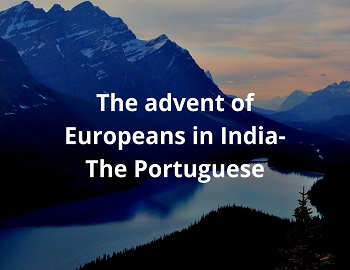


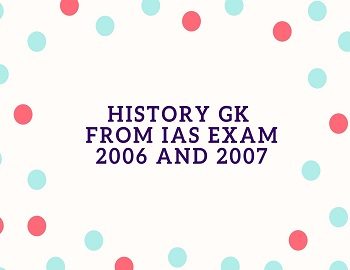

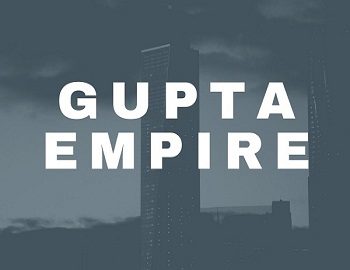
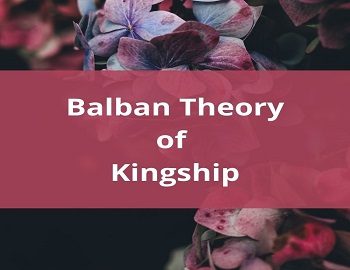

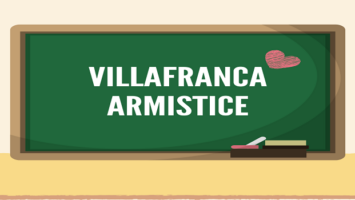
Comments (No)